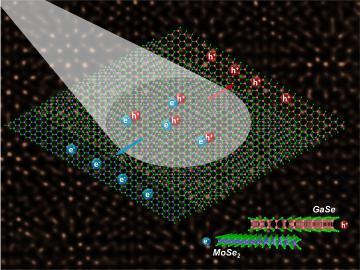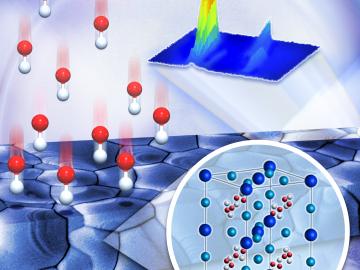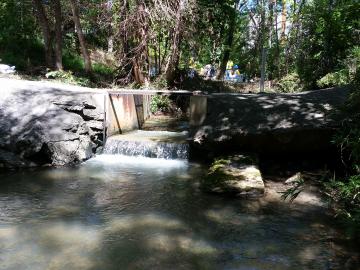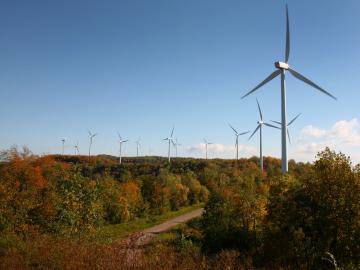
Filter News
Area of Research
News Type
Media Contacts

Epitaxy, or growing crystalline film layers that are templated by a crystalline substrate, is a mainstay of manufacturing transistors and semiconductors. If the material in one deposited layer is the same as the material in the next layer, it can be energetically fav...

Four Department of Energy national laboratories are joining Oak Ridge National Laboratory to expand an online crowdsourcing community for building technologies called JUMP, which bridges the gap between cutting-edge ideas and the marketplace. Joining ORNL in JUMP...

Researchers and others interested in establishing a sustainable bioeconomy in the U.S. are taking part in a five-day study tour led by the Department of Energy’s Oak Ridge National Laboratory. Approximately 70 attendees from DOE and its national laboratories, the ...

Researchers at the Department of Energy’s Oak Ridge National Laboratory have found a potential path to further improve solar cell efficiency by understanding the competition among halogen atoms during the synthesis of sunlight-absorbing crystals.

Clothes dryers that use thermoelectric heat pump technology being developed by Oak Ridge National Laboratory and industry partner Sheetak could use 40 percent less energy, potentially saving consumers $3 billion in utility costs. “Each month, electric clothes dryers typically consume more energy than any other household appliance,” said Kyle Gluesenkamp, who leads the development team for ORNL’s Building Equipment Research Group.

![In unbound calyx[4]pyrrole, two pyrrole “petals” are flipped up and two, down. In unbound calyx[4]pyrrole, two pyrrole “petals” are flipped up and two, down.](/sites/default/files/styles/list_page_thumbnail/public/news/images/anion_hr5_0.jpg?itok=sGtLzH0E)
Atomic charges in chemical solutions are like Switzerland—they strive for neutrality. The tendency to balance charges drives dynamics when charged atoms or molecules, called ions, are present in solutions. Recently, researchers at the Department of Energy’s Oak Ridge National Laborat...

A 20-kilowatt wireless charging system demonstrated at the Department of Energy’s Oak Ridge National Laboratory has achieved 90 percent efficiency at three times the rate of the plug-in systems commonly used for electric vehicles today. This ability can help acc...

Rare earth elements are metals used in technologies from wind turbines and magnetic resonance imaging agents to industrial catalysts and high-definition televisions. Most are lanthanides, elements with atomic number from 57 to 71, lanthanum to lutetium, in the periodic table. The la...

Researchers at the Department of Energy’s Oak Ridge National Laboratory have demonstrated a production method they estimate will reduce the cost of carbon fiber as much as 50 percent and the energy used in its production by more than 60 percent. After extensive ...


